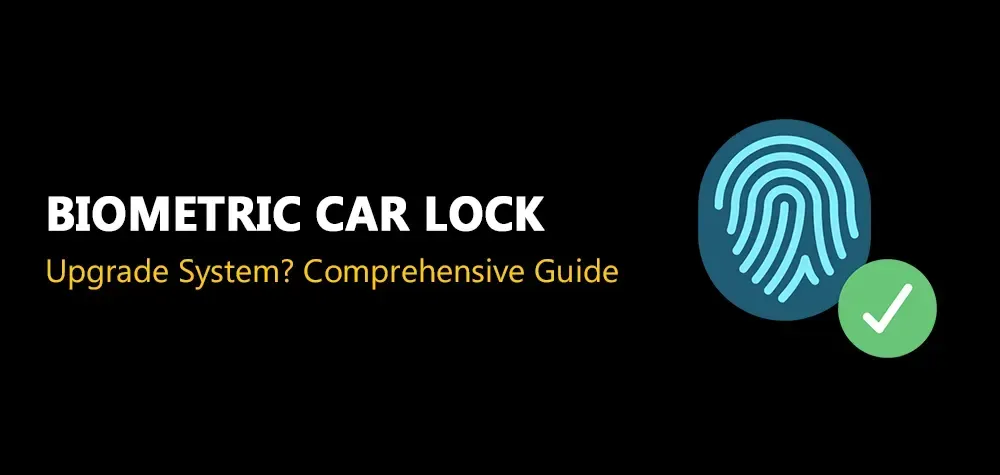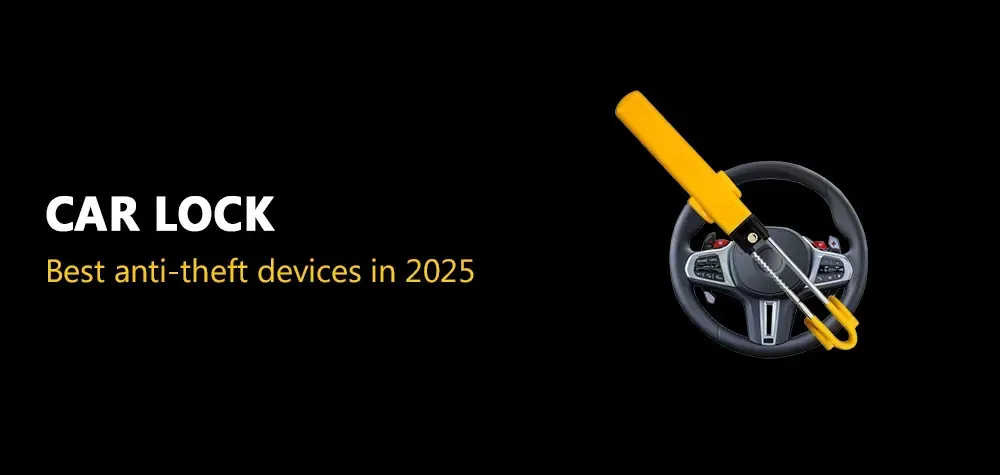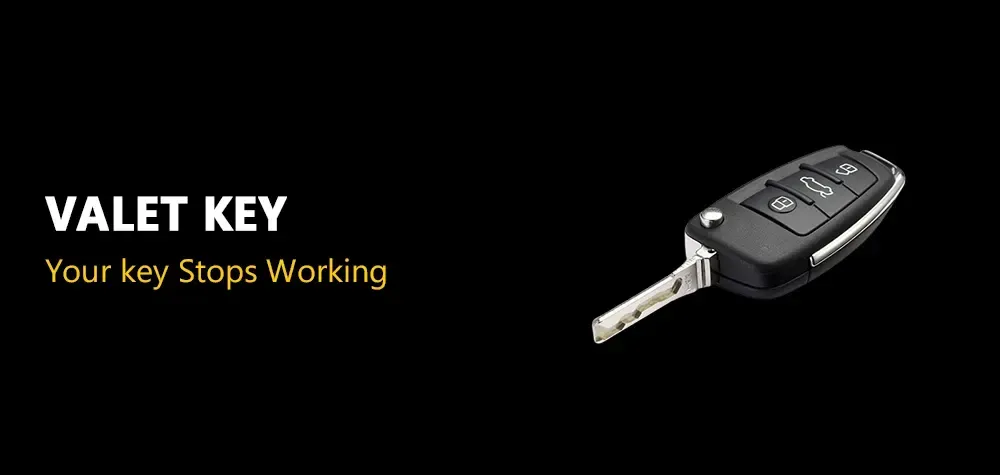How to Drill Out a Commercial Lock
Drilling out a commercial lock is a precise and potentially challenging task that should only be done as a last resort when other methods of unlocking fail. This guide provides a comprehensive, step-by-step process for drilling out a commercial lock safely and effectively. Remember, this method should only be employed if you're the rightful owner or have authorization to access the locked area.
Understanding When to Drill Out a Commercial Lock
Drilling out a lock should be considered only when all other methods have failed. Commercial locks are typically more robust and complex, and drilling should be a last-resort measure. Common situations where drilling might be necessary include:
- Lost or damaged keys
- Malfunctioning lock mechanisms
- Unauthorized access when other methods are impractical
Tools and Materials Needed
Before starting, gather the following tools and materials:
- Drill: A high-powered electric drill
- Drill Bits: Several bits of varying sizes, ideally cobalt or carbide-tipped
- Screwdriver: For removing any screws or components
- Lubricant: To ease the drilling process
- Protective Gear: Safety glasses and gloves
- Locksmith's Tools: A lock-picking set or shim (if attempting alternative methods first)
- Flashlight: To illuminate the work area
Step-by-Step Guide
1. Assess the Lock
Before drilling, thoroughly assess the lock. Determine the type of lock and its components. Understanding the lock's structure will help you choose the right drill bit size and approach.
2. Prepare the Work Area
Ensure your work area is clean and well-lit. Place any protective gear on and make sure you have a clear view of the lock. If possible, remove any surrounding hardware or obstacles that might interfere with the drilling process.
3. Remove External Components
If the lock has any removable external components, such as a faceplate or screws, use a screwdriver to remove them. This will give you better access to the lock's internal mechanism.
4. Select the Right Drill Bit
Start with a small drill bit to create a pilot hole. Gradually increase the size of the drill bit until you reach the required diameter. Use cobalt or carbide-tipped bits for their durability and ability to handle hard materials.
5. Drill the Lock
- Lubricate: Apply a small amount of lubricant to the drill bit to reduce friction and heat.
- Drill the Pilot Hole: Begin by drilling a small pilot hole in the center of the lock’s keyhole or where the lock mechanism is located.
- Expand the Hole: Gradually switch to larger drill bits and continue drilling until you reach the core of the lock. Be cautious to drill straight and avoid damaging surrounding hardware.
6. Remove the Lock Cylinder
Once you’ve drilled through the lock, you should be able to remove the lock cylinder or core. Use a pair of pliers or a screwdriver to pull out the cylinder.
7. Replace the Lock
After successfully drilling out the lock, replace it with a new one. Ensure the new lock is properly installed and aligned. Follow the manufacturer's instructions for installation.
8. Test the New Lock
Once installed, test the new lock to ensure it functions correctly. Verify that it opens and closes smoothly and securely.
Safety Considerations
- Wear Protective Gear: Always wear safety glasses and gloves to protect yourself from debris and metal shavings.
- Avoid Excessive Heat: Drilling can generate heat. Use lubricant and drill at a moderate speed to prevent overheating and damage.
- Secure the Lock: Ensure the lock is securely held in place while drilling to prevent slipping or movement.
FAQs
1. Can I drill out a lock without damaging the door?
- Drilling out a lock may cause some damage to the door and surrounding area. Proceed with caution and consider consulting a professional if possible.
2. What type of drill bit is best for drilling out a commercial lock?
- Cobalt or carbide-tipped drill bits are recommended for their durability and effectiveness with hard materials.
3. Is drilling out a lock legal?
- Drilling out a lock is legal if you are the rightful owner or have authorization. Unauthorized drilling is illegal and could result in legal consequences.
4. Can I avoid drilling by using other methods?
- Before drilling, try alternative methods such as lock-picking, using a shim, or contacting a professional locksmith.
5. How can I prevent lockouts in the future?
- Regularly maintain and inspect your locks, keep spare keys in secure locations, and consider using electronic locks for added convenience and security.
Conclusion
Drilling out a commercial lock is a challenging process that should be approached with care and precision. By following this comprehensive guide, you can effectively drill out a lock while minimizing damage and ensuring a smooth replacement process. Always consider professional help if you're unsure or uncomfortable with the procedure.
Call Us Any Time!




